Meet the Larssons
With a deep admiration for the 19th century artists Carl and Karin Larsson, Magniberg travelled to the Larssons’ home taking with them a selection of the brand’s bedwear, furniture and blankets. The project is a meeting between Magniberg and the Larssons, in collaboration with the renowned architectural photographer Mikael Olsson.
The project has been conceptualized to introduce the universe of Carl and Karin to our generation and audience, underscoring that the Larsson’s philosophy and mode of living is still so relevant in our world today.
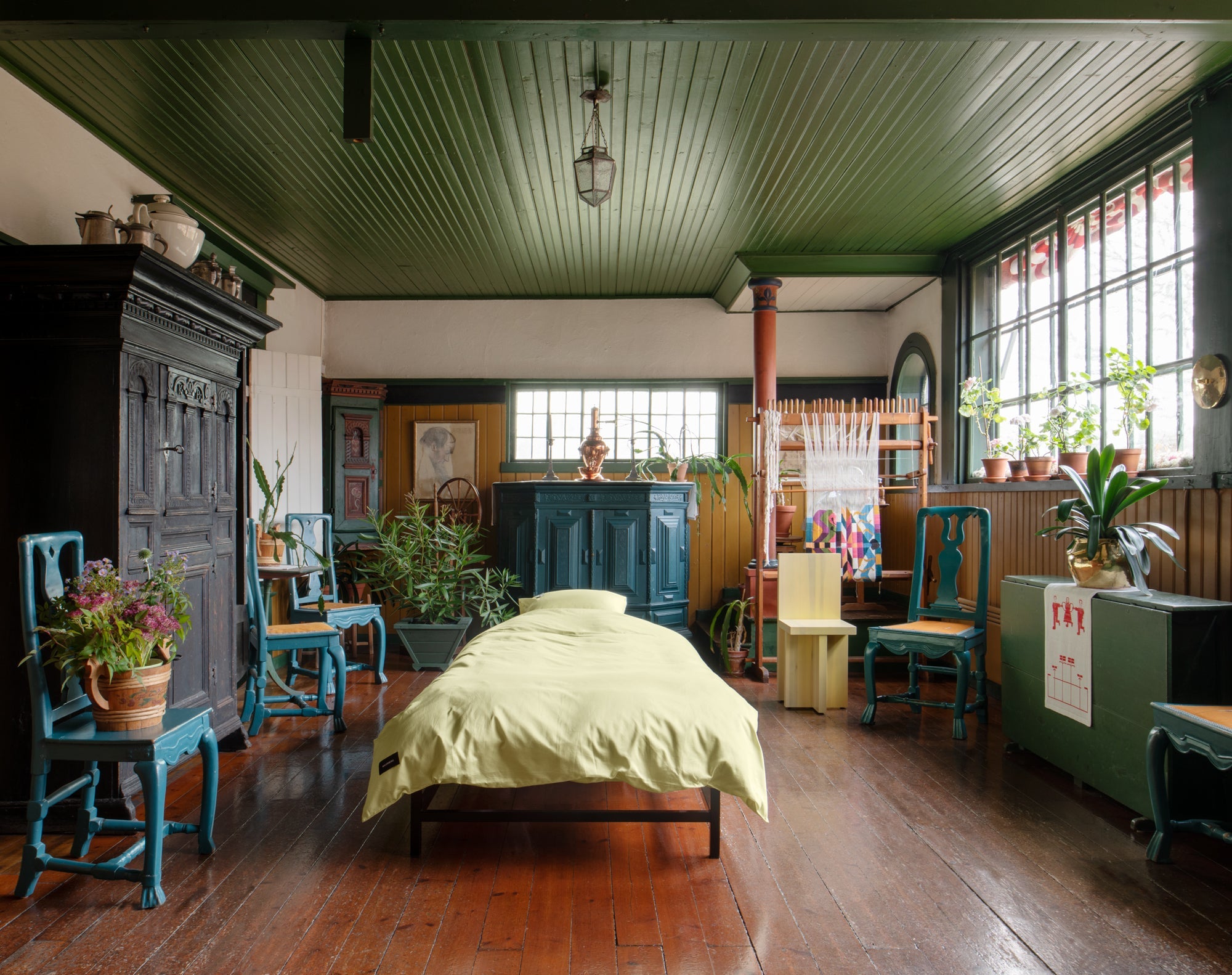
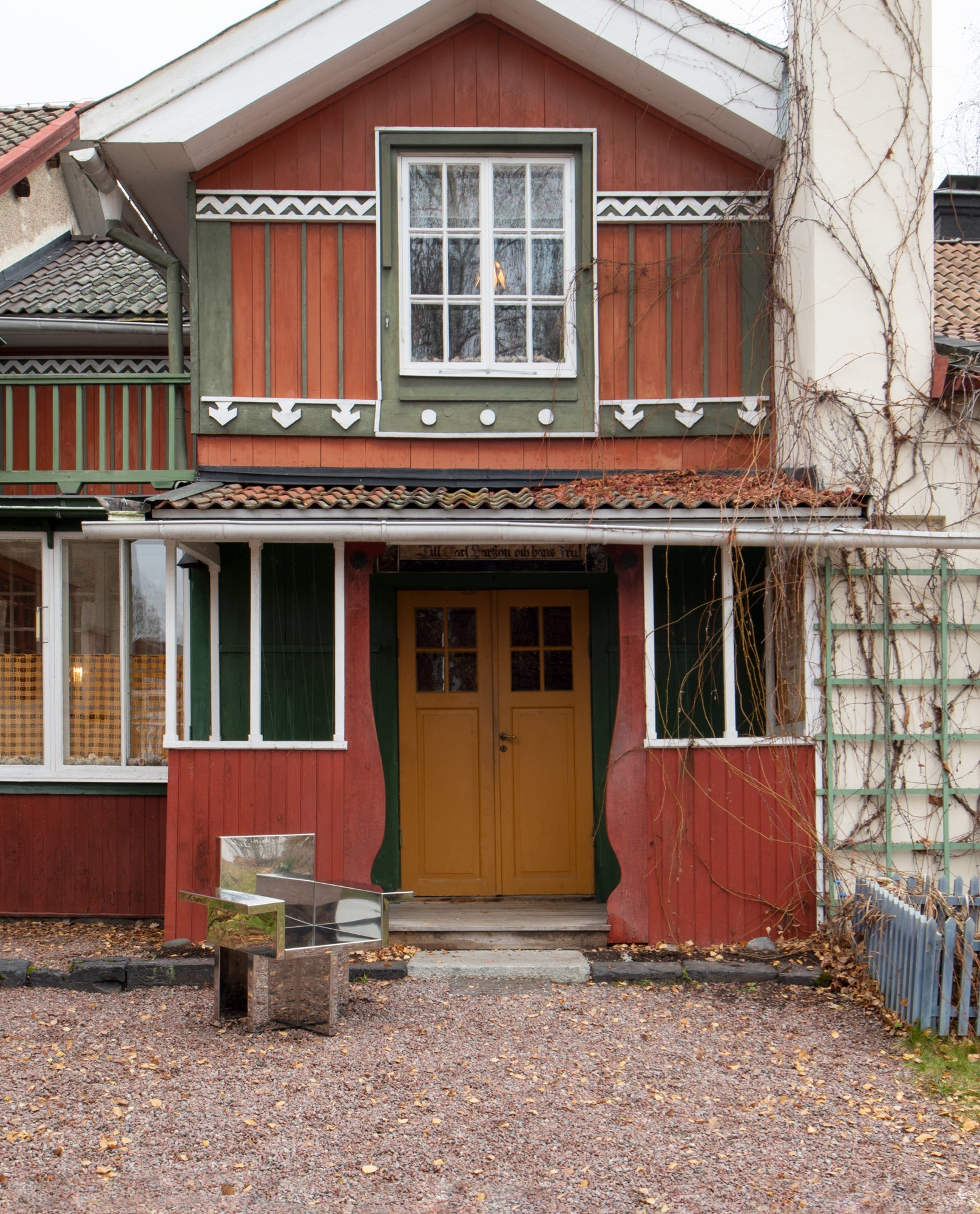
Lilla Hyttnäs
The Larssons moved into their home “Lilla Hyttnäs” in the 1880s, transforming it from a simple timber cottage into one of the world’s best known artist residences. With their brightly coloured furniture and woven textiles, the Larssons pioneered a style of interiors that would be later come to be identified as quintessentially Swedish – a precursor to modernism. The house has been preserved just as the couple lived in it in the village of Sundborn.
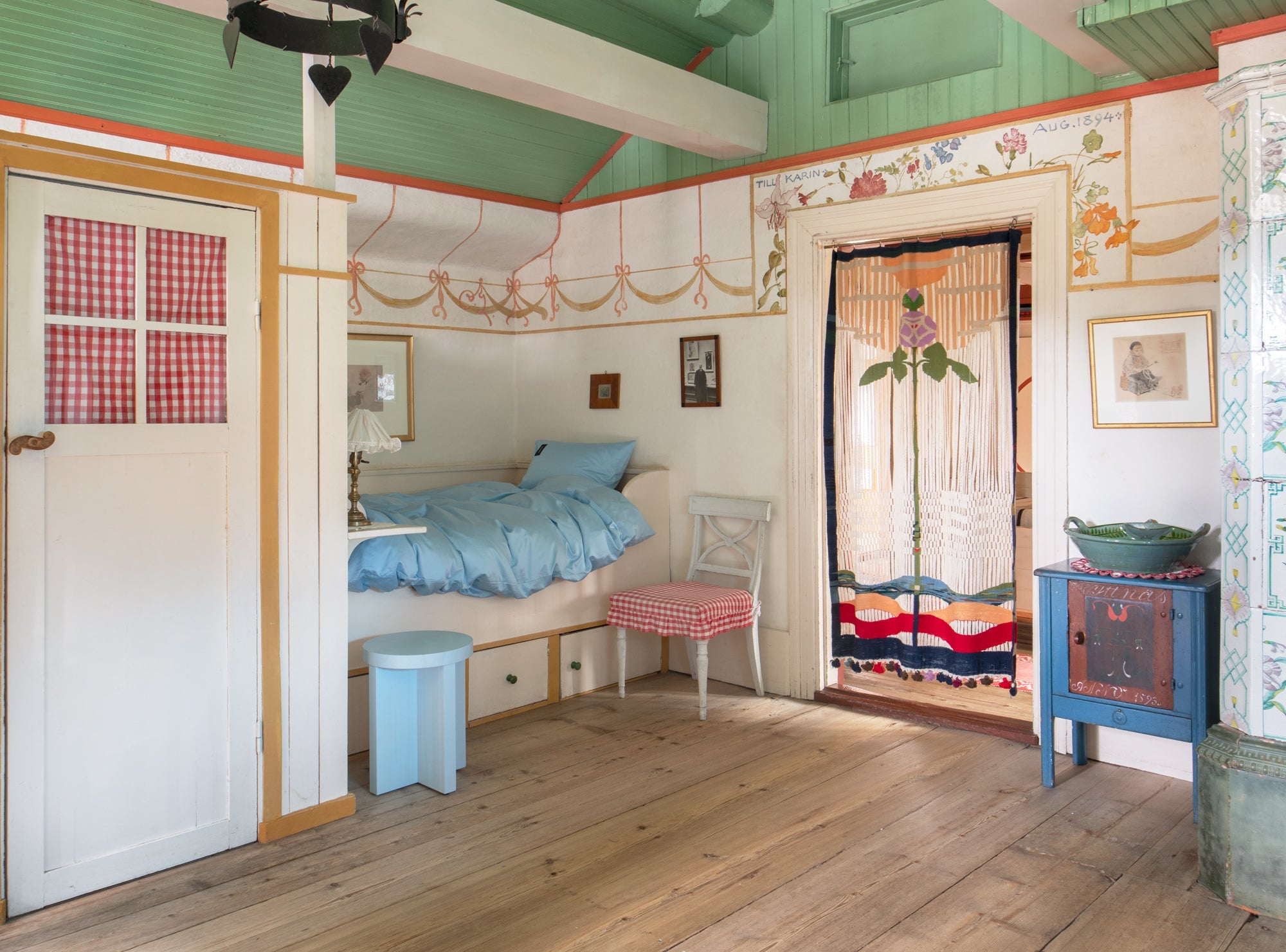

The Larssons
Carl Larsson was a celebrated Swedish painter while Karin was a prolific artist in the home: weaving, embroidering and designing furniture and clothes. She has been described as Sweden’s first interior designer in the modern sense of the word.
Their influence extended beyond interiors to family life. In Lilla Hyttnäs, there was a freewheeling energy. This was a family home where everyone could be themselves, play, work and relax. Almost unheard of at the time, the couple sat down to eat supper with their children every night.
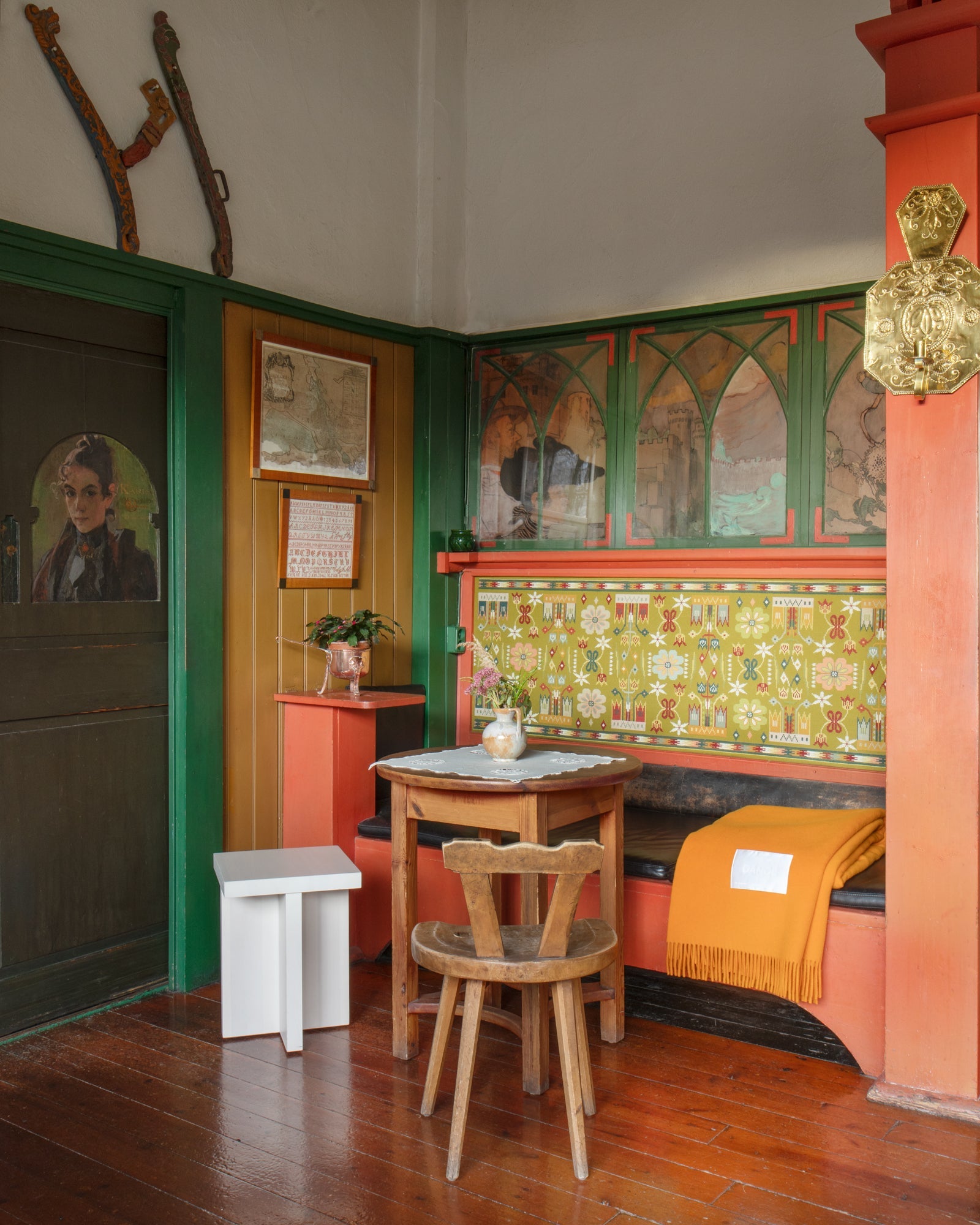
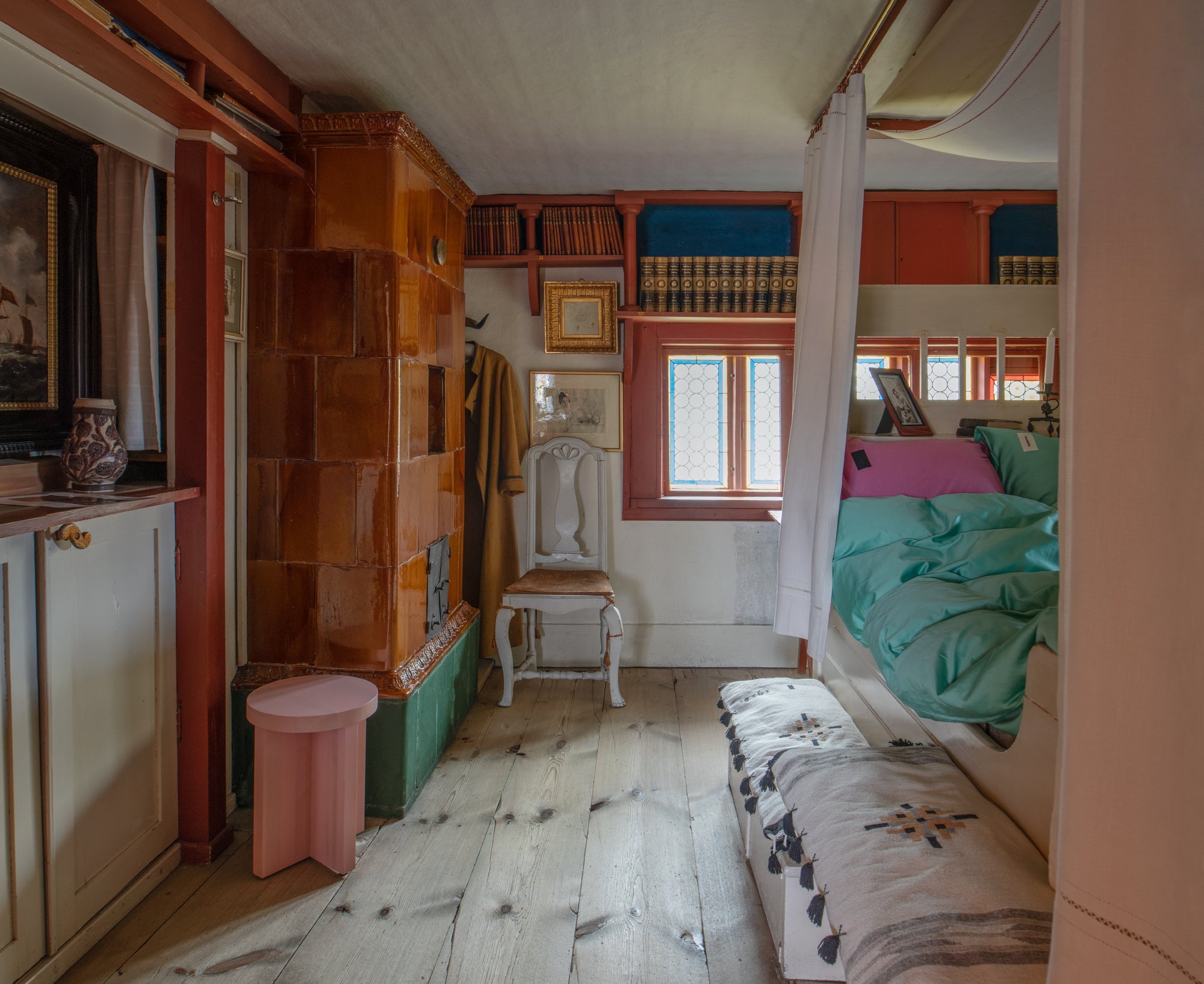
Larssons & Magniberg
From the early days of Magniberg, the Larssons have been a source of inspiration to Bengt and Nina, the brand’s founders, also a couple.
In whatever they do, from design, to exhibitions and how they live their daily life as a family with their kids, they often talk about Carl and Karin Larsson, feeling a certain connection.
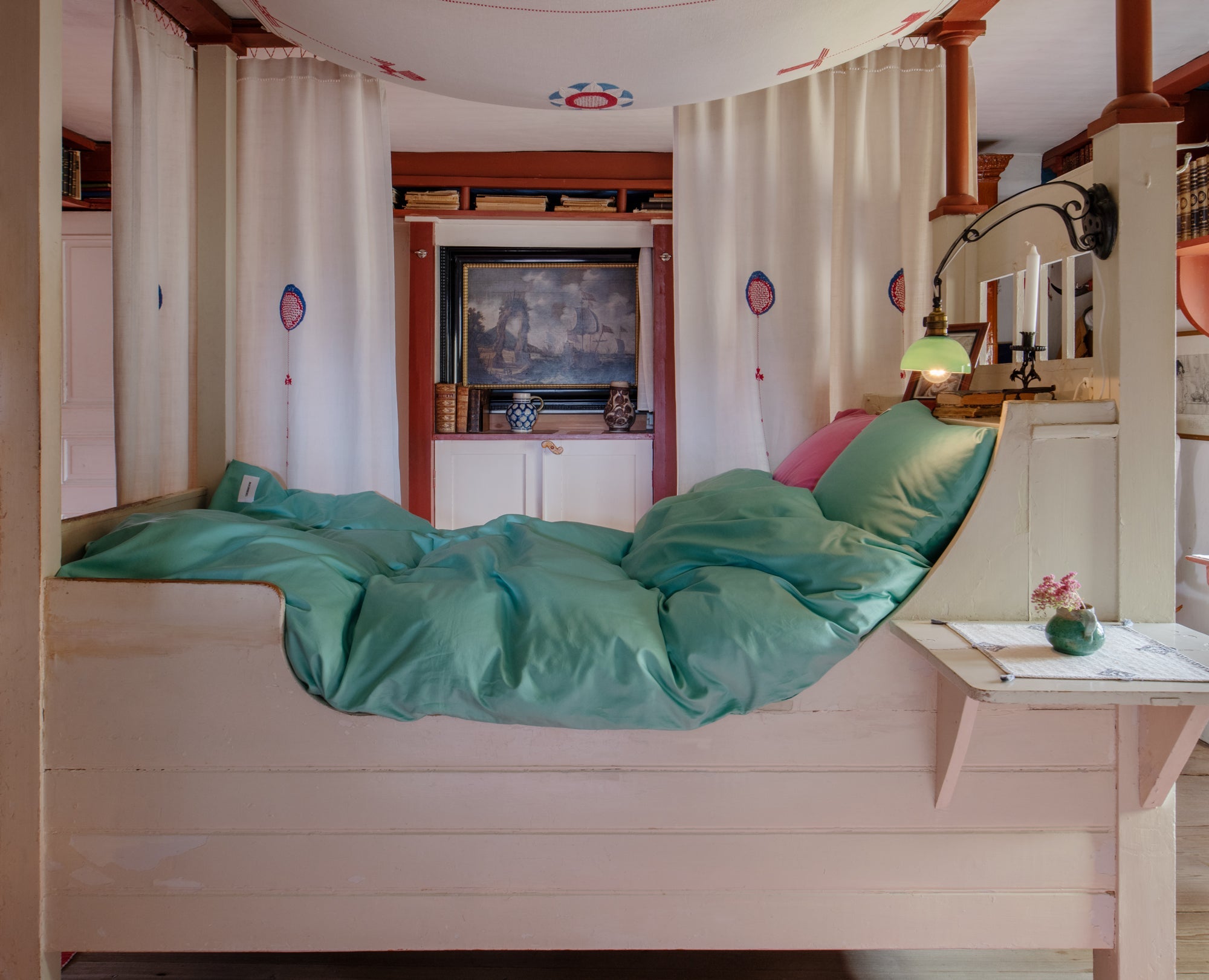
“We find a lot of inspiration from Carl and Karin Larsson, the latter often referred to an interior decorator ahead of her time. The well-known publication A Home was released in 1889 and includes beautifully documented aquarelles of their home in the village Sundborn in Dalarna, Sweden. If you study these images you can spot a resemblance with the Magniberg aesthetic.
They created a home where their children were allowed to take space, where colours and styles were mixed. There is a certain energy we are fascinated by. In my own childhood, my mother would instinctively make up our beds in odd colours and patterns. Besides being a childhood memory, it has turned into a design direction.”
– Bengt Thornefors

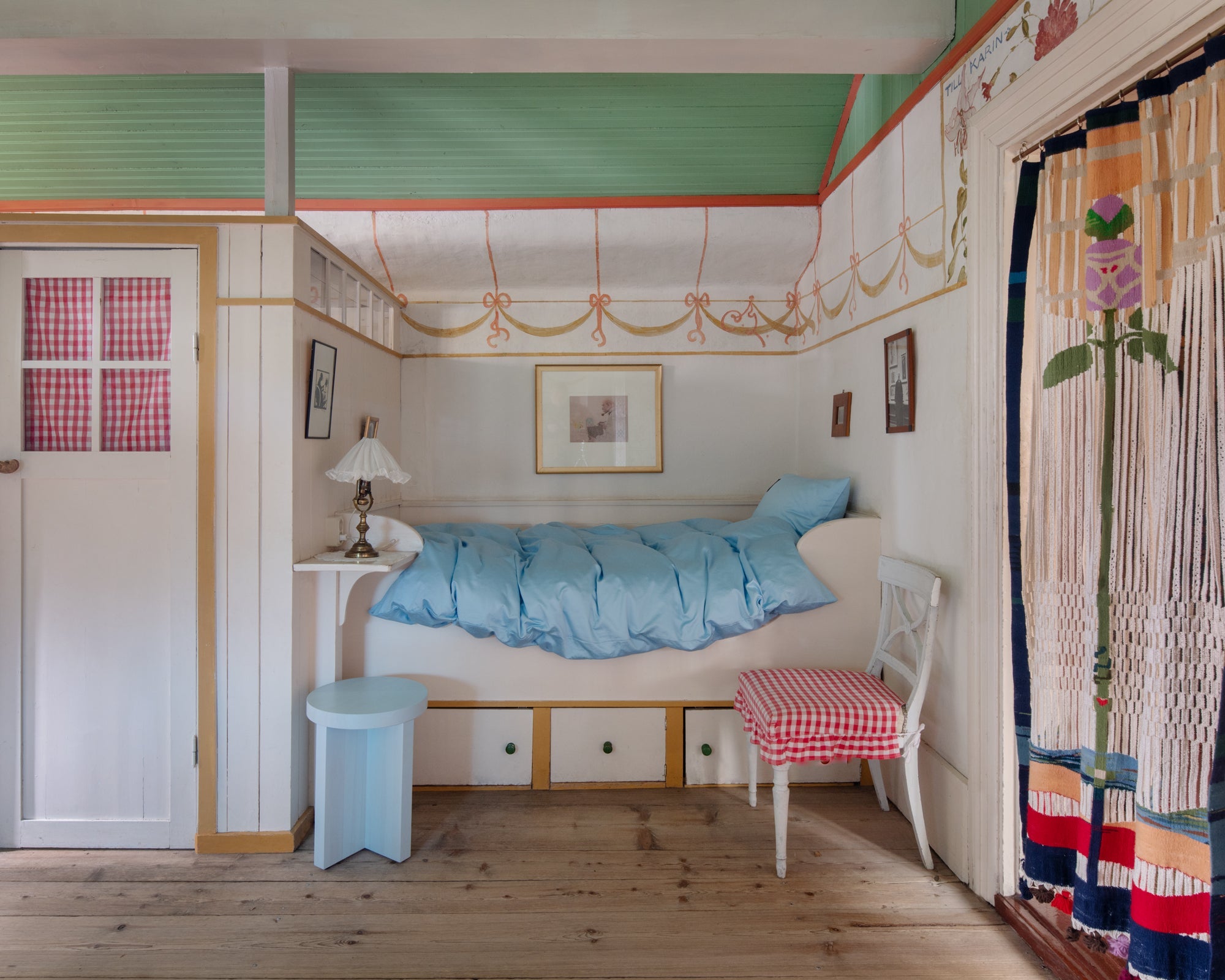
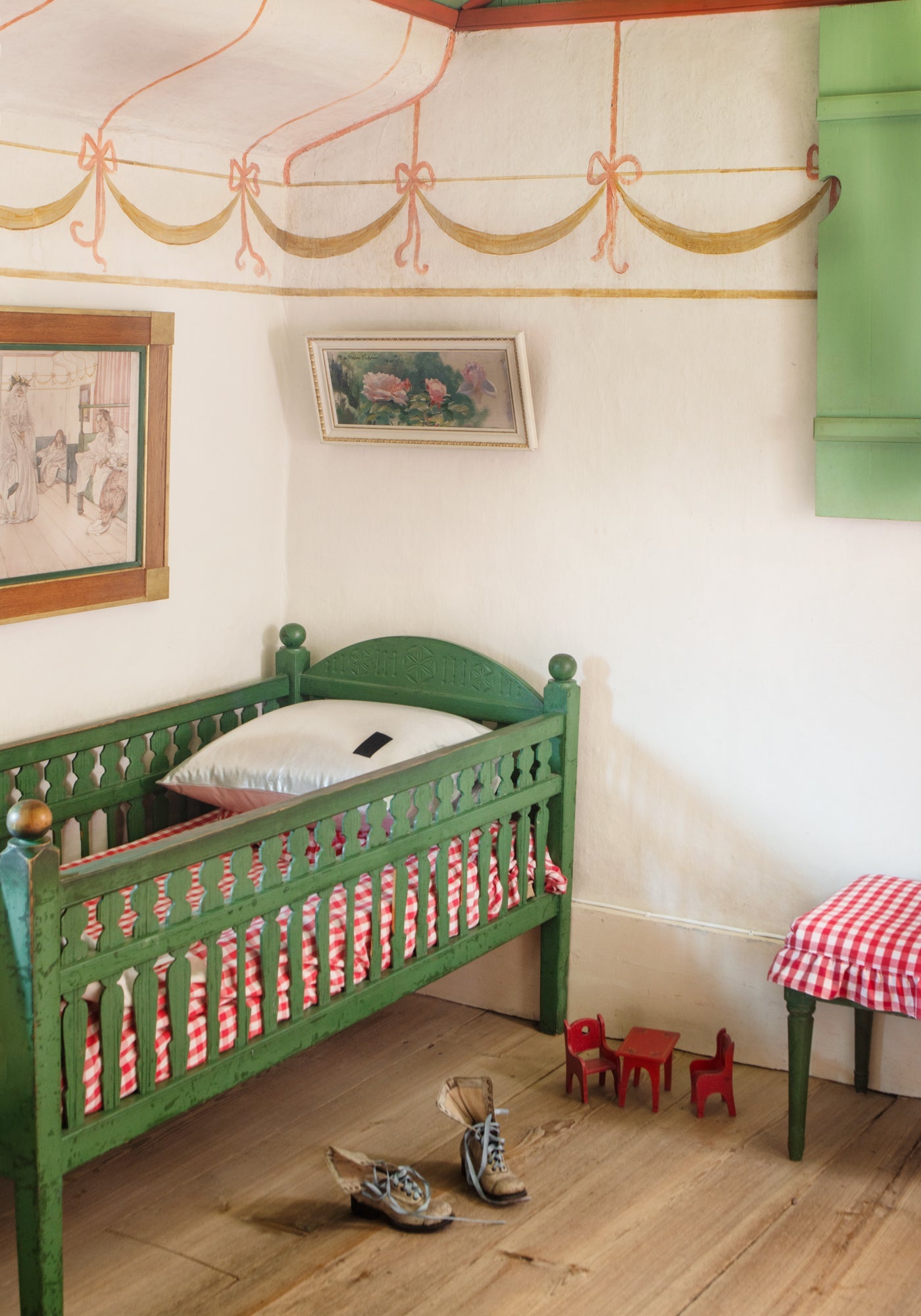
“What I love about the Larssons is how they shook off the formality and stuffiness of the time, in their home and in their family life. They were relaxed about raising children, they let the kids take up space, didn’t worry about things getting broken. They let the children run around, play, explore. I like that as a philosophy for a home. That feeling is what we try to achieve both in our home and with Magniberg. Magniberg is about exploring and we are on a journey.”
– Nina Norgren
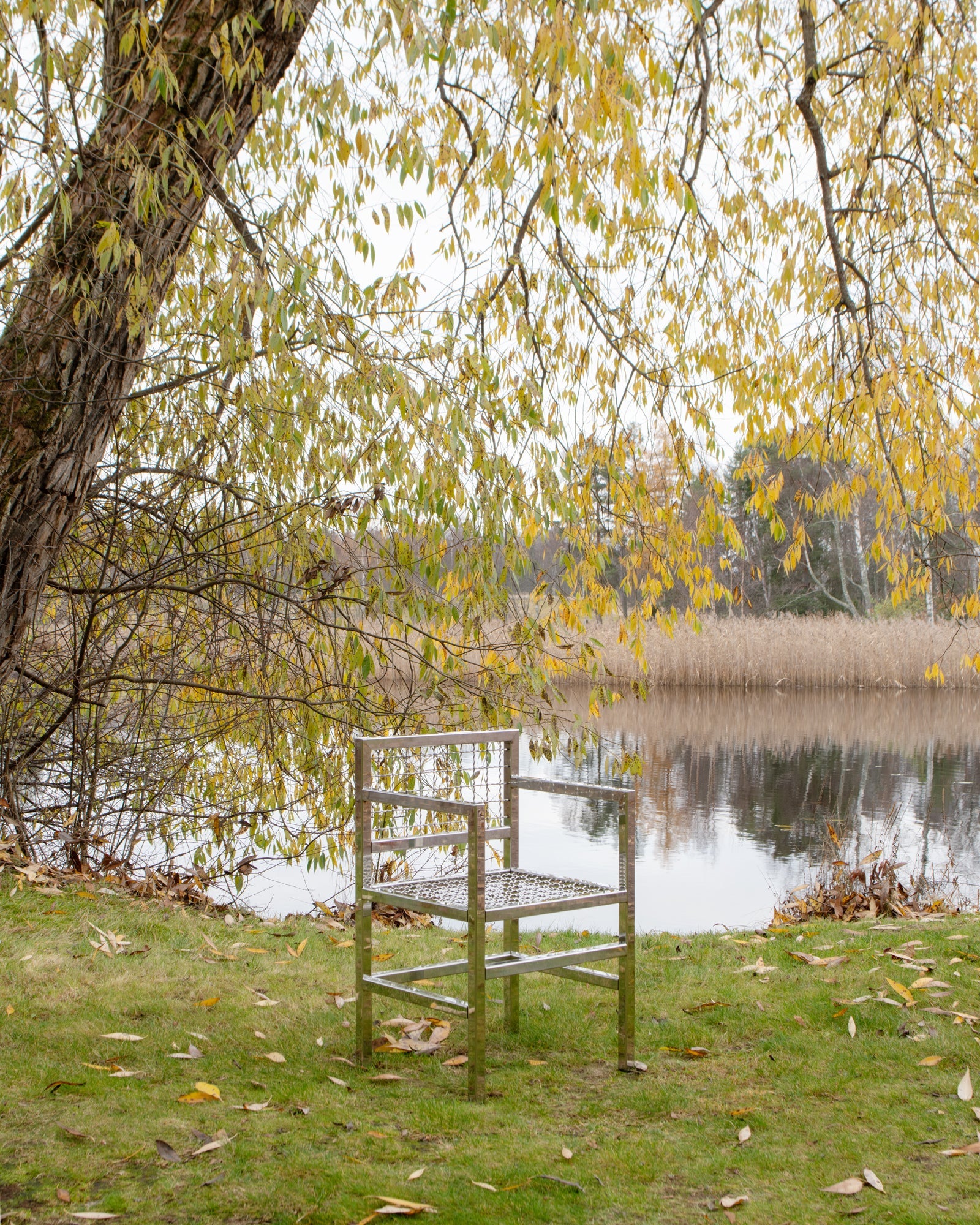
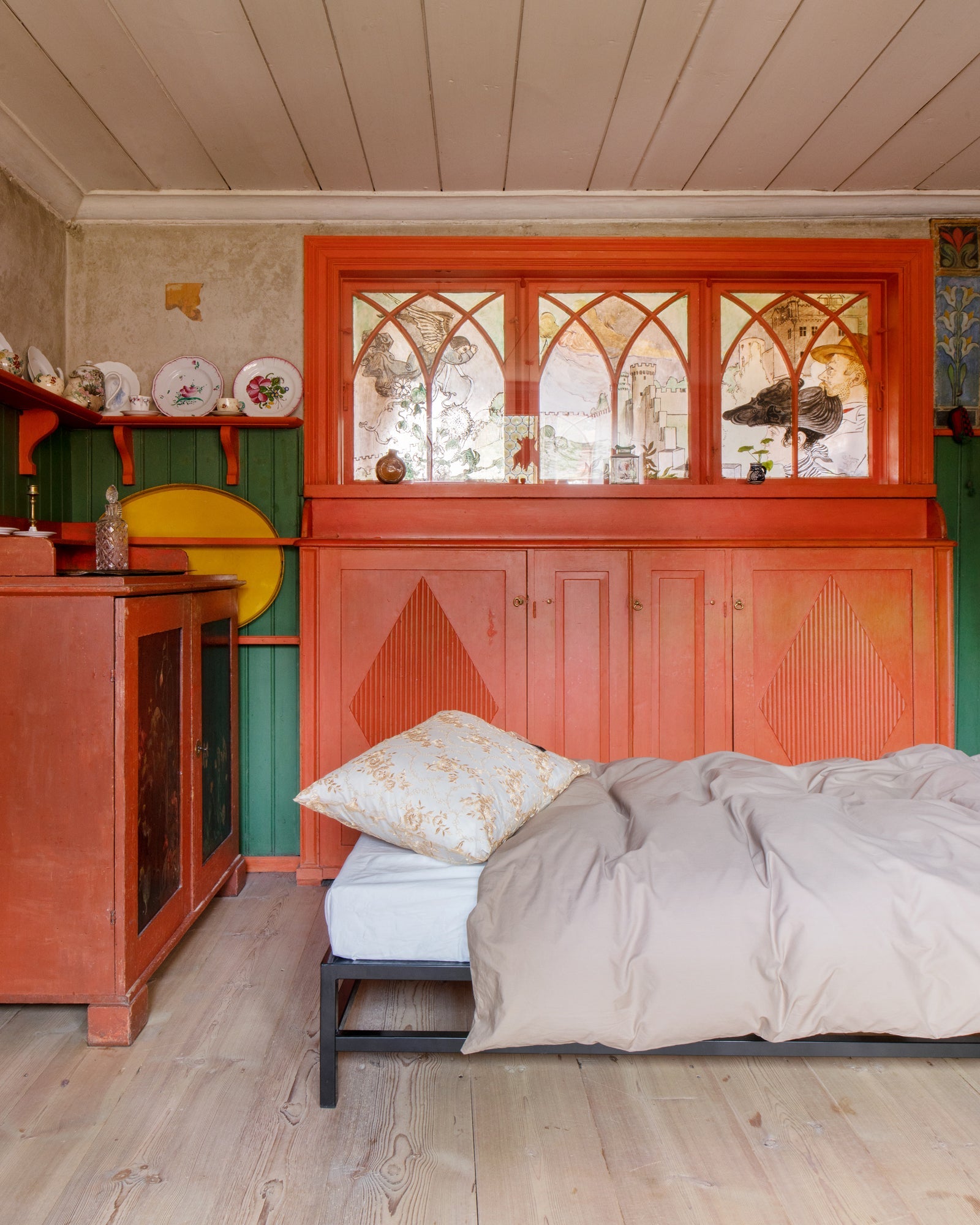

The Magniberg Universe
Magniberg is an extension of the couple’s own universe, the centre of which is their home in Nyköping, outside of Stockholm and close to nature. There, Norgren, who is trained as a florist and graphic designer, can tend her own garden, where they receive regular visits from local deer.
The family lives in an 18th-century building, called Magniberg, that was once a retirement home for carpenters, which is quite fitting as Thornefors and Norgren also design chairs, which the latter describes as modern takes on “allmoge” folk furniture, the kind that is sometimes depicted in the paintings of Carl Larsson.

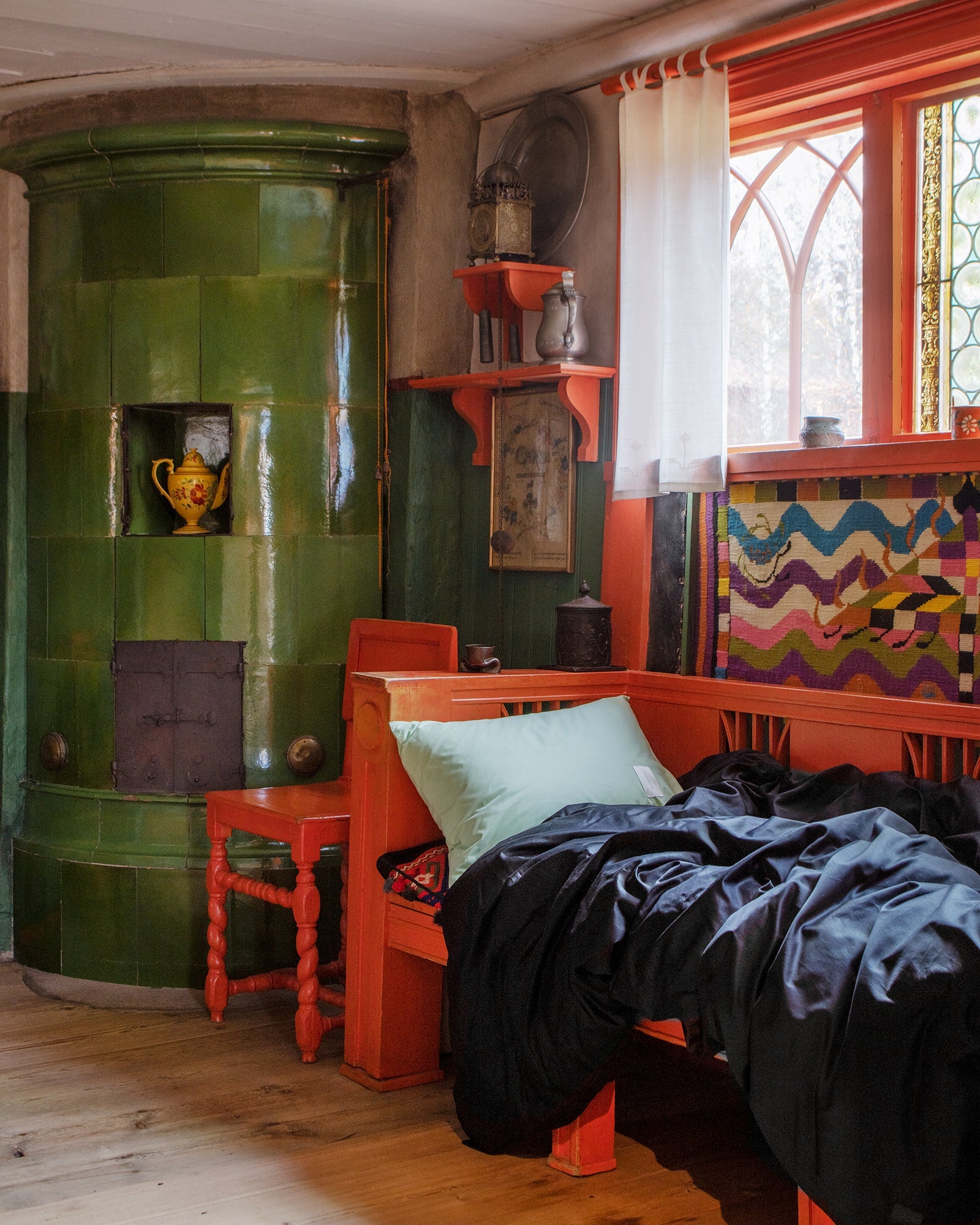

Karin Larsson
Karin Bergöö was born in 1859 and grew up in Hallsberg where her father was a successful businessman. Karin’s artistic talent showed itself early and she studied art at the Arts and Crafts School (Slöjdskolan) in Stockholm, followed by the Art Academy (Konstakademien). After graduating, she moved to the Scandinavian artists’ colony in the village of Grez outside Paris. There she met Carl Larsson and fell head over heels in love with him. They were married in 1883.
In 1888 Karin’s father Adolf Bergöö gave Carl and Karin a small house, Lilla Hyttnäs. The couple transformed the house from a simple timbered cottage built in 1837 into one of the world’s best known and most personal artist’s residences. The interior decoration featured modern textiles and rustic furniture – most of which Karin designed herself. Karin’s textiles were absolutely original. Pre-modern in character they introduced a new abstract style in tapestry. Her bold compositions were executed in vibrant colours; her embroidery frequently used stylized plants. In black and white linen she reinterpreted Japanese motifs. Technically adventurous, she explored folk techniques and experimented with others. She has finally emerged from the shadow cast by her husband. The breakthrough came with the exhibition at the Victoria & Albert Museum in London in 1997.
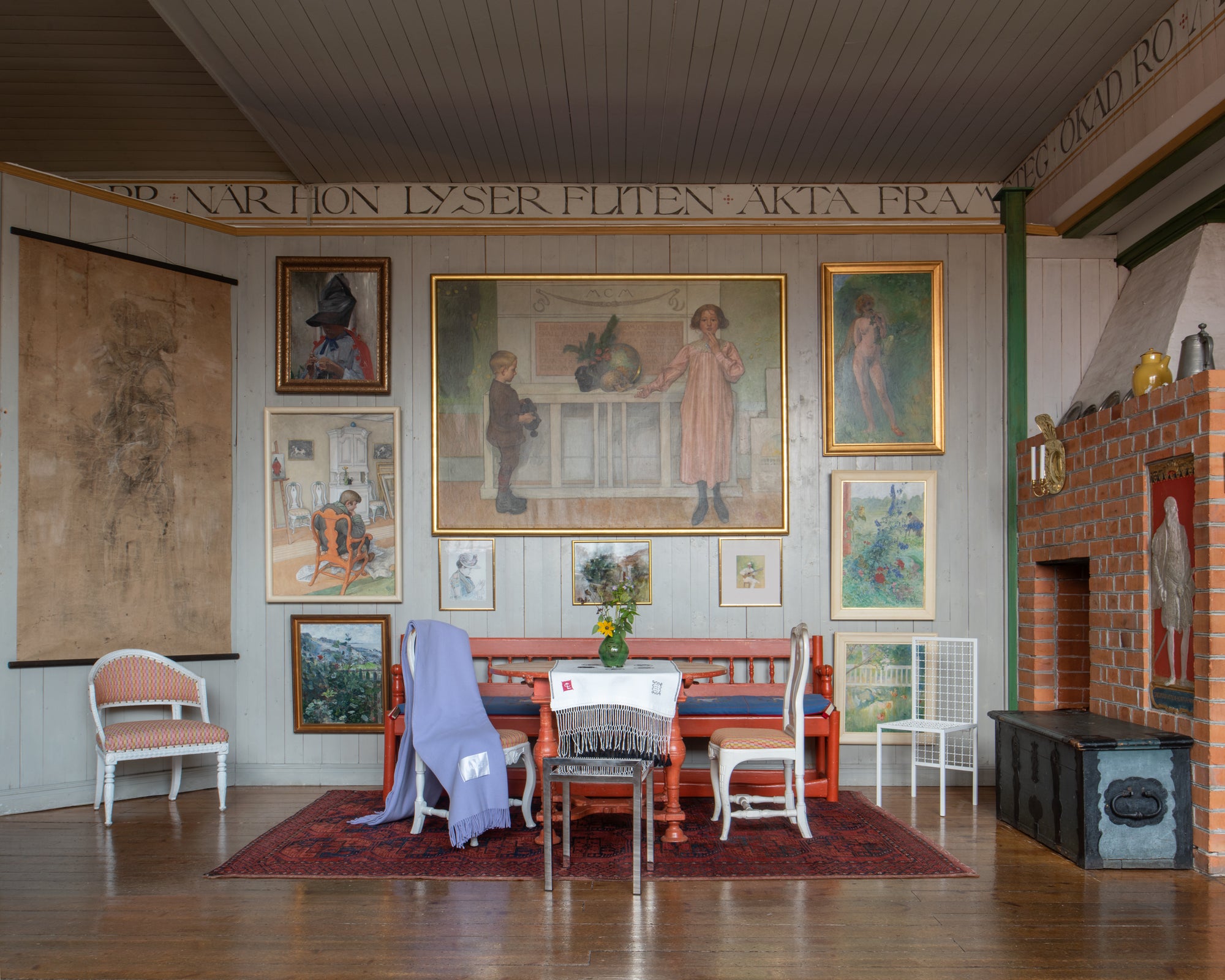
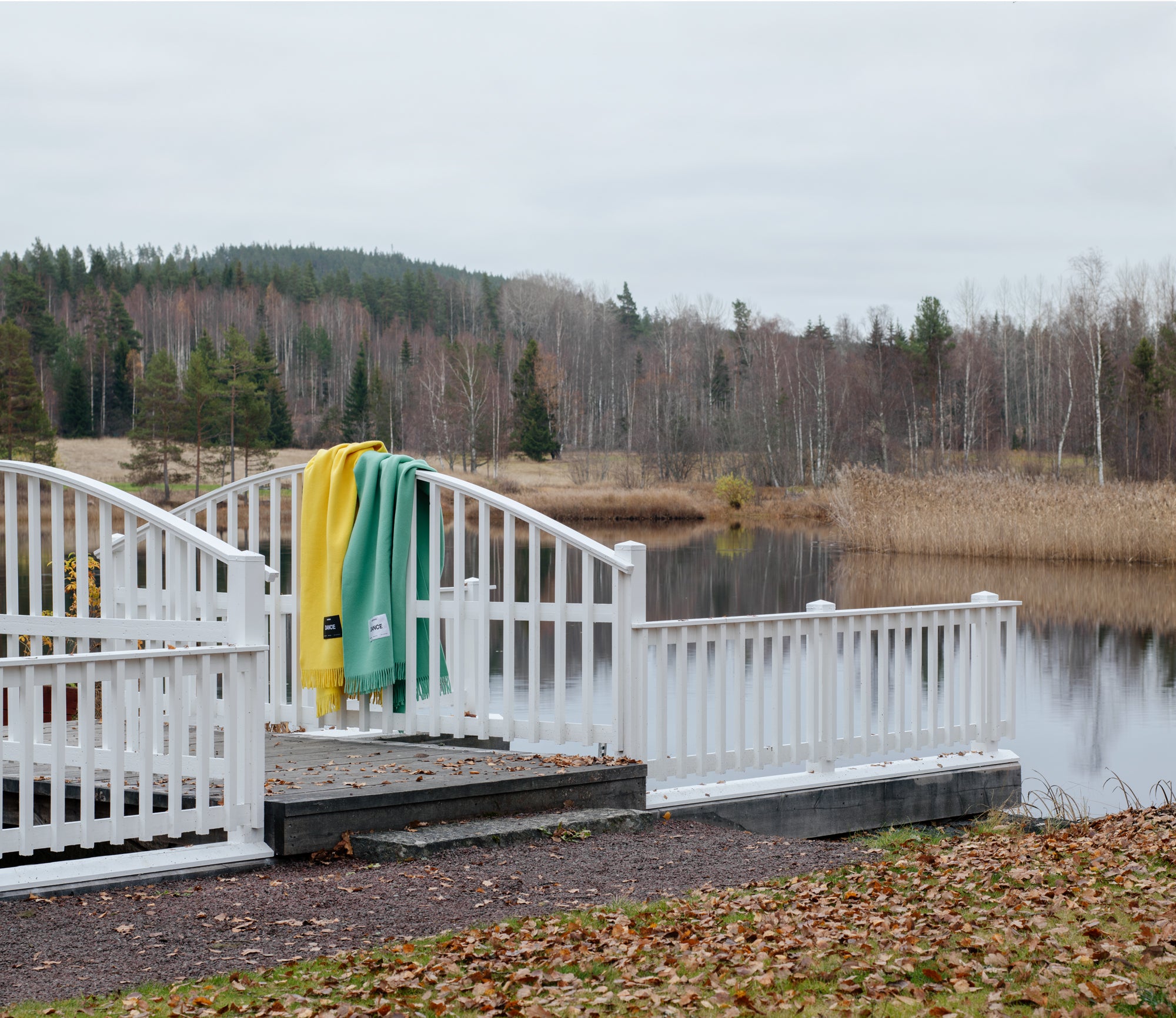
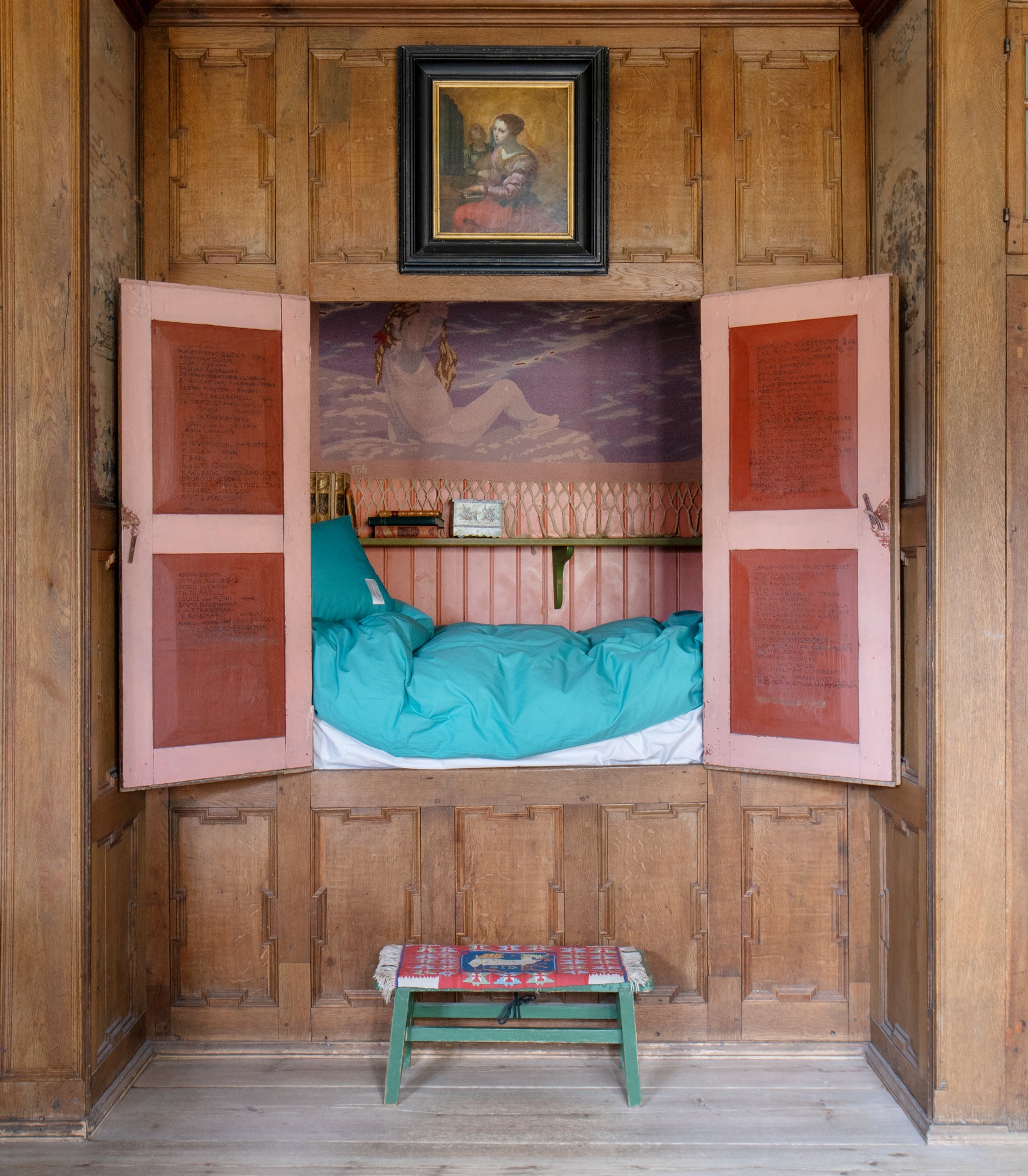
Carl Larsson
Carl Larsson is one of Sweden’s most loved artists, born in 1853. His family were poor but he was rescued from poverty by his artistic talent, which emerged early on in his life. He studied at the Swedish Art Academy and after working as an illustrator he travelled to Paris.
In 1882 he moved to the Scandinavian artists’ colony in Grez-zur-Loing outside Paris. It was there he met his future wife Karin Bergöö and underwent an artistic transformation abandoning oil painting in favour of his trademark watercolours.
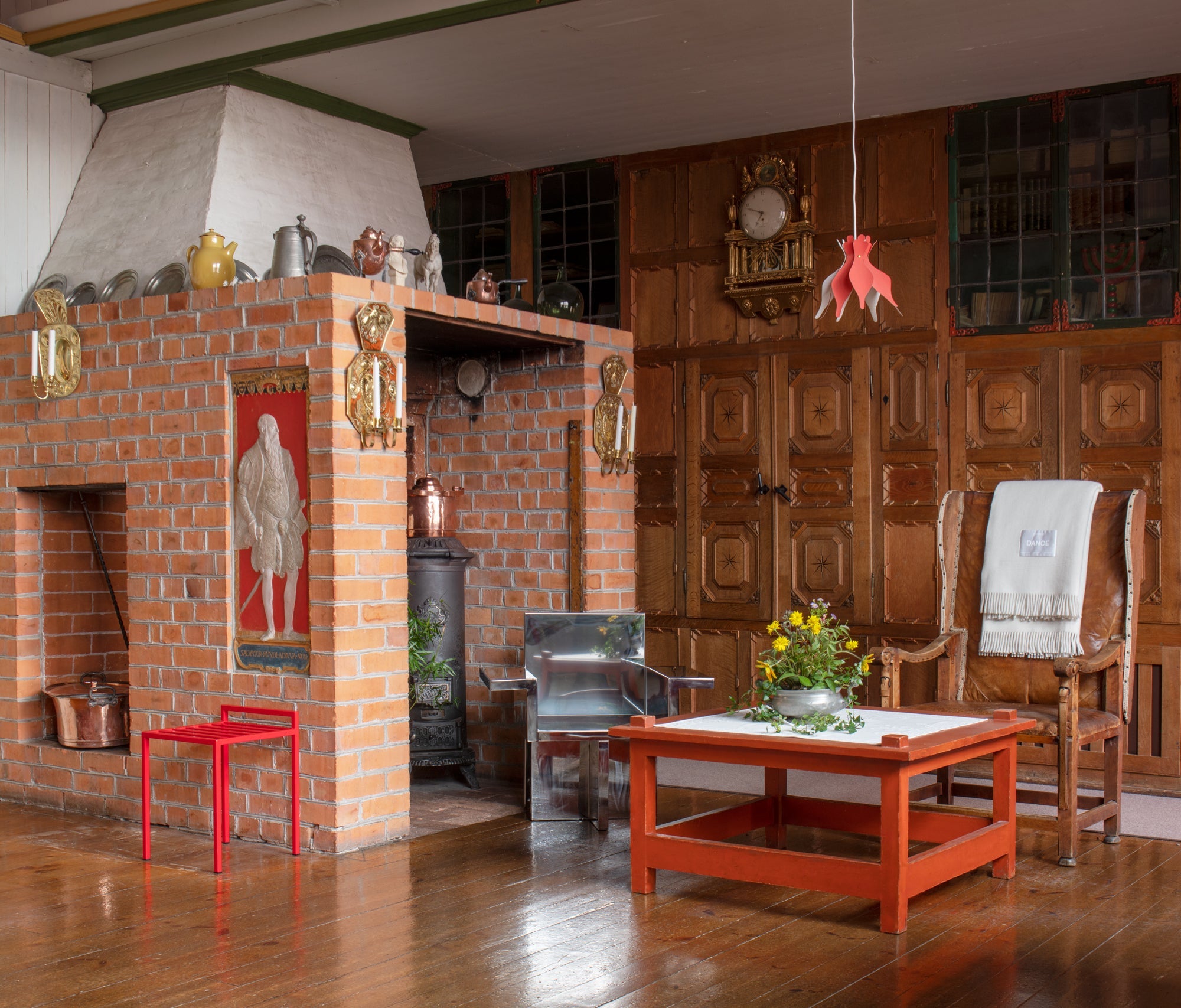
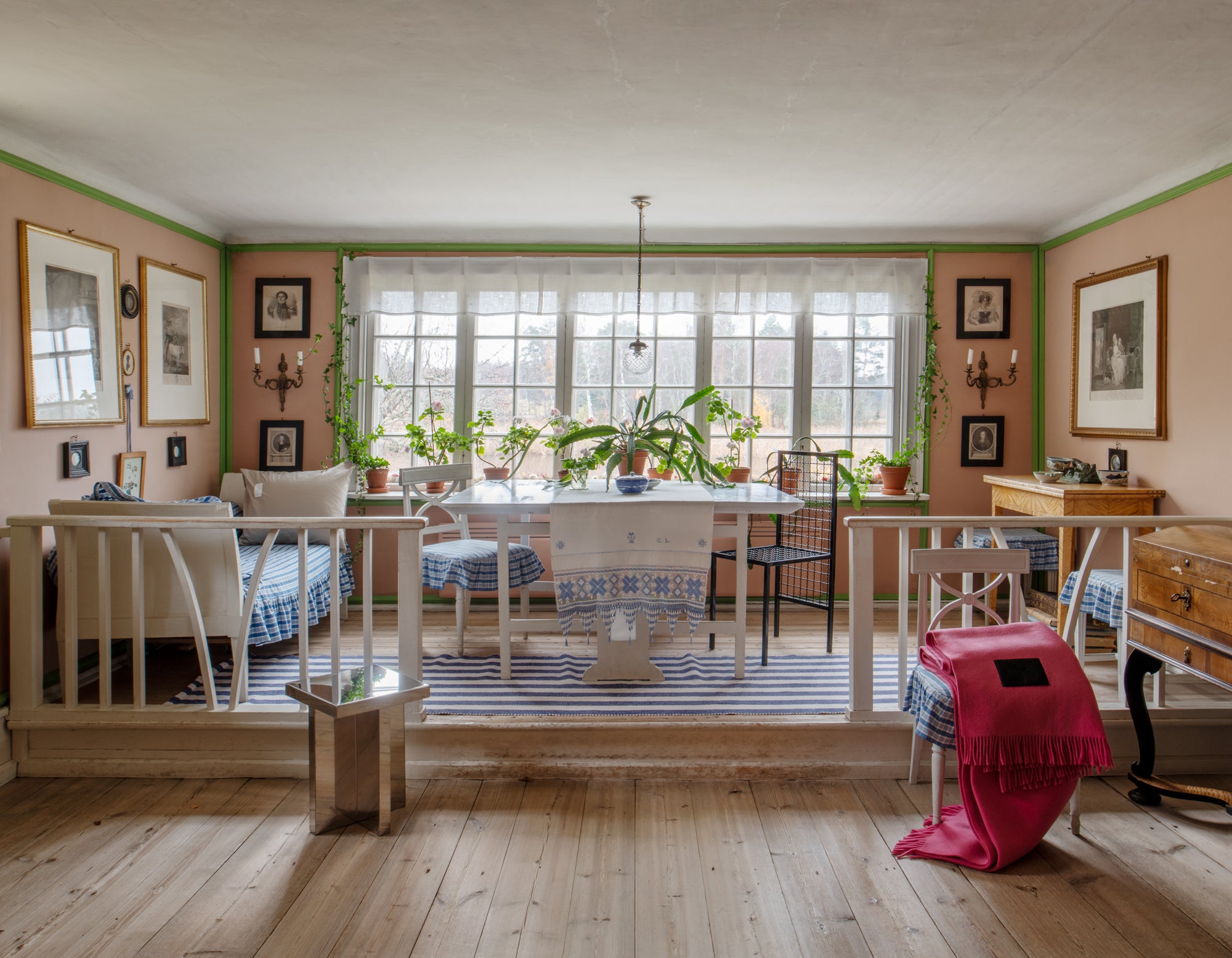
Family life as a source of inspiration
Carl and Karin were married in 1883 and had eight children. Karin and the children quickly became Carl’s favourite models. Their home, Lilla Hyttnäs, became a joint project for Carl and Karin, in which their artistic talents found expression to create a very modern and personal colour scheme and interior design.
Carl’s paintings and books made Lilla Hyttnäs one of the world’s most familiar homes. But not only that. Karin’s extraordinary design and the lively family life as it is depicted in Carl’s beloved watercolours, has become almost synonymous with our image of Sweden. The house still looks the same as it did when Carl and Karin lived there.
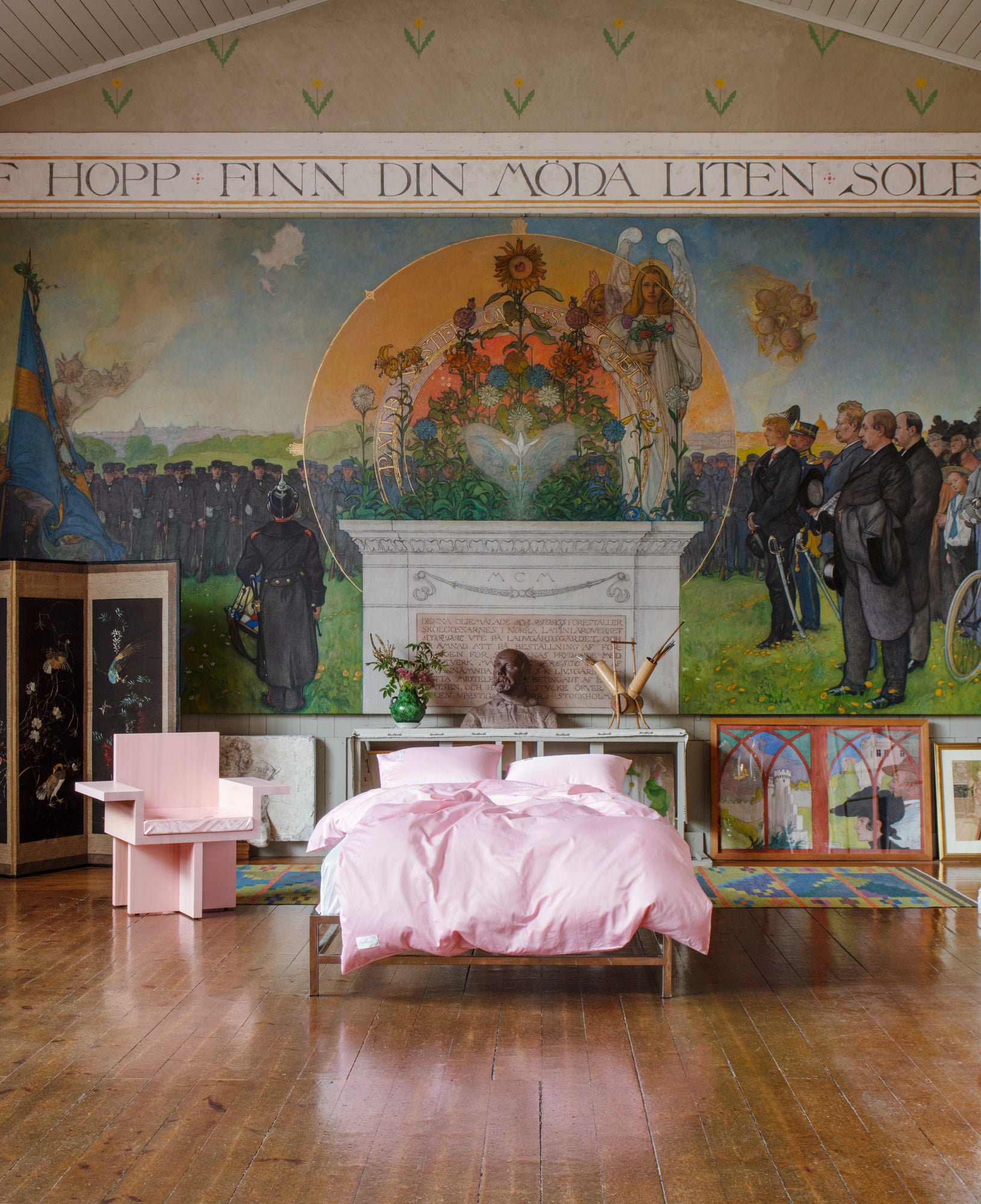
Photography by Mikael Olsson for Magniberg, Sundborn, October 2022.